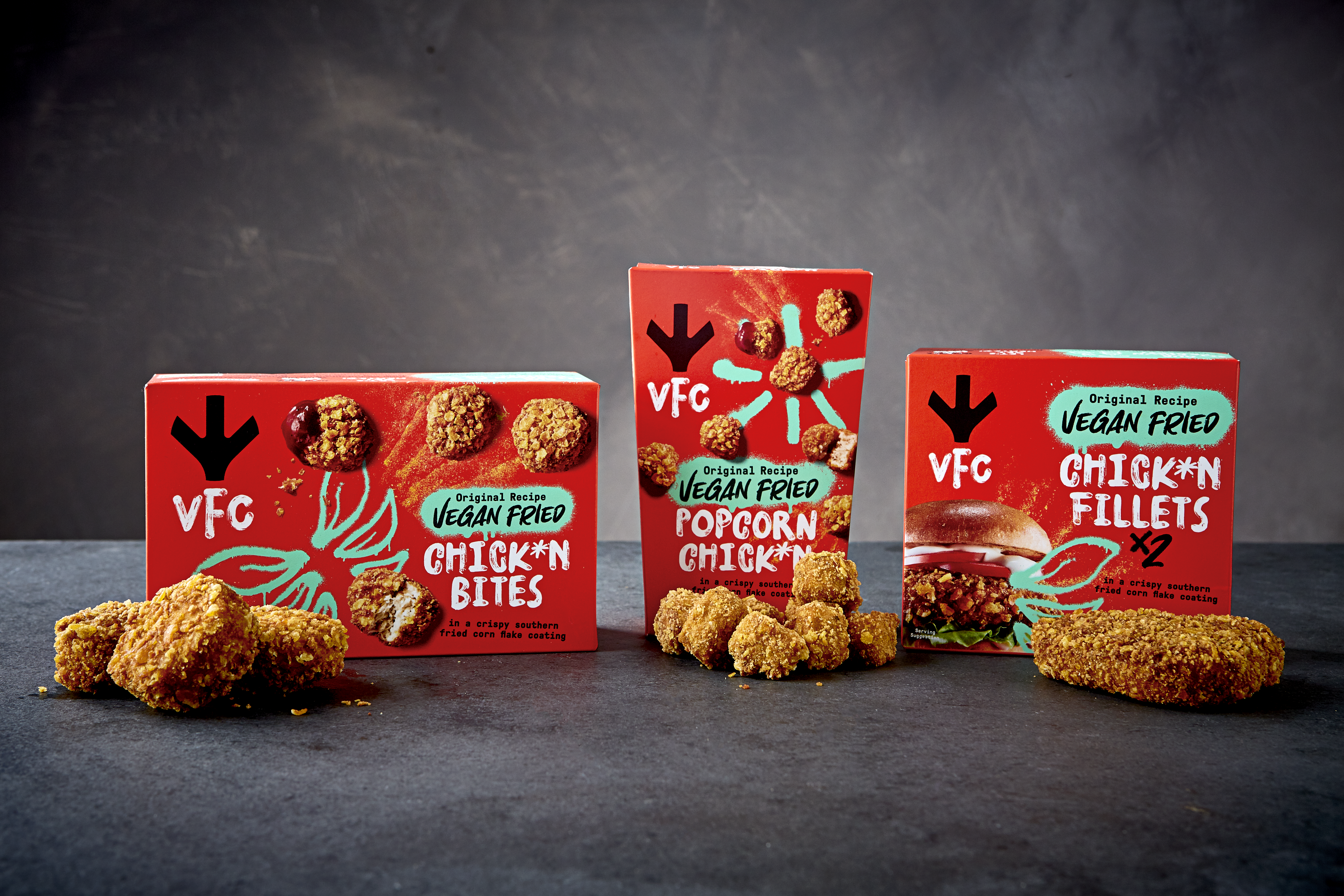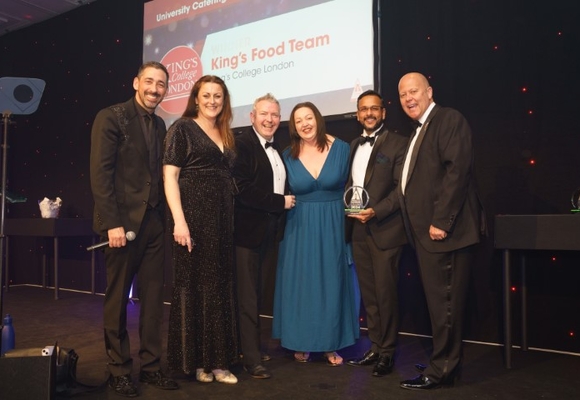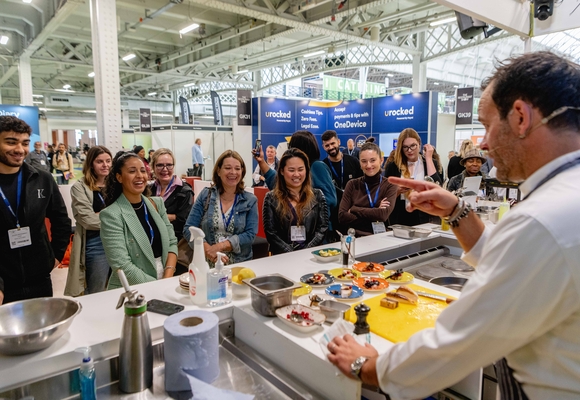Today, environmental concerns are just as likely to drive this change. A recent YouGov poll showed that more than a quarter of Brits are considering reducing their meat intake with the majority citing the environment as their main reason1. This is why:
-
At least 14.5% of human-generated greenhouse gases (GHGs) come from the animal agriculture industry2, which is more than the fuel burned by the entire global transport sector
-
Meat accounts for almost 60% of food-related GHGs, and has twice the impact of plant-based foods3
-
The foods that are responsible for the highest GHGs per kilogram are: beef, lamb & mutton, prawns, cheese, meat from pigs, meat from poultry and eggs4
-
What we eat has far more impact on emissions than where it came from, making food miles a more minor issue than many people had thought 5
-
83% of the world’s farmland is dedicated to producing meat, milk and eggs, but it gives us just 18% of our calories 6
-
Without meat and dairy consumption, global farmland use could be reduced by more than 75% which would be a huge boost to biodiversity
-
Ocean trawlers release as much carbon dioxide as the entire aviation industry7
-
The foods that cause the most water pollution (per kilogram) are beef, farmed fish & prawns, cheese, lamb & mutton, meat from pigs and meat from poultry 8
With the growing body of such scientific data, respected institutions like Harvard, Oxford University and the United Nations are increasingly urging the public to reduce their meat consumption. Less meat is better, they often say but their research actually shows a subtle difference. A study by the IPCC, for example, found we could save almost six gigatonnes of CO2 equivalent each year if we all ate meat or fish just once a month, but we would save eight gigatonnes if we didn’t eat products from animals at all9. It’s clear that the take-home message is actually: The less meat (and milk and eggs) the better.
Says Alison Reilly, Head of Marketing at VFC Foods: “What this means for menu planning is broadly two things: the proportion of plant-based dishes on the menu must increase, and the proportion of meat within the other meals must decrease.
“These shifts can often be achieved by making small changes, such as swapping out animal-based ingredients for a plant-based alternative, either through substituting vegetables into the dish (think beetburger instead of beef burger or chickpea instead of chicken curry) or by introducing realistic meat-alternative products. Where meat or animal products are integral it may be necessary to scrap those offerings and innovate brand new dishes. Given the scale of the environmental challenge ahead, we recommend adopting both approaches, and starting now.”
VFC creates Vegan Fried Fillets, Bites and Popcorn Chick*n which are available to buy through Brakes

[1] https://www.hospitalityandcateringnews.com/2022/05/national-vegetarian-week-2022/
[2] https://journals.plos.org/climate/article?id=10.1371/journal.pclm.0000010
[3] https://www.fao.org/publications/card/en/c/CB7033EN/
[4] https://ourworldindata.org/environmental-impacts-of-food
[5] https://ourworldindata.org/food-choice-vs-eating-local
[6] https://www.leap.ox.ac.uk/article/reducing-foods-environmental-impacts
[7] https://www.nature.com/articles/s41586-021-03371-z
[8] https://ourworldindata.org/grapher/eutrophying-emissions-per-kg-poore
[9] https://www.nature.com/articles/d41586-019-02409-7






